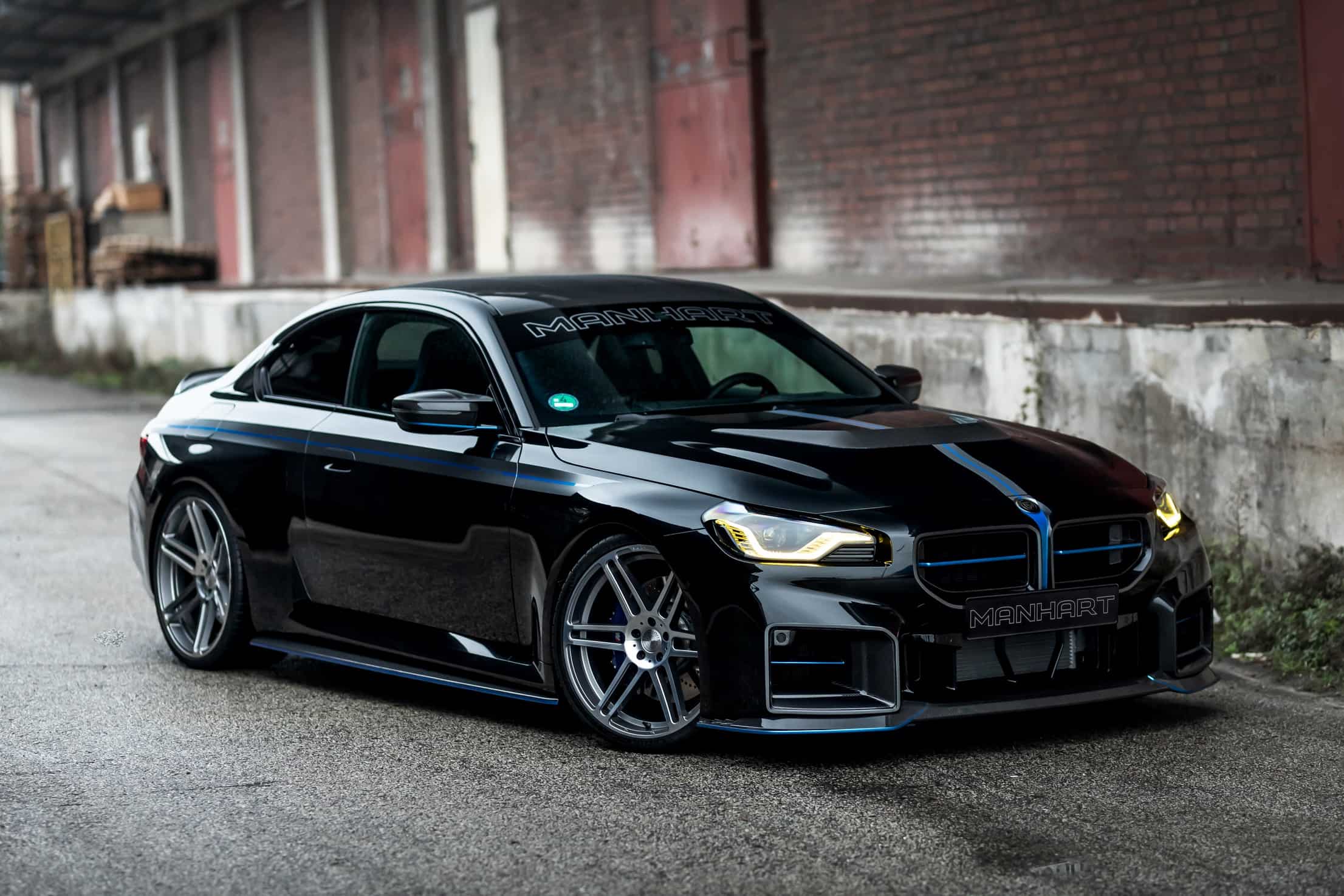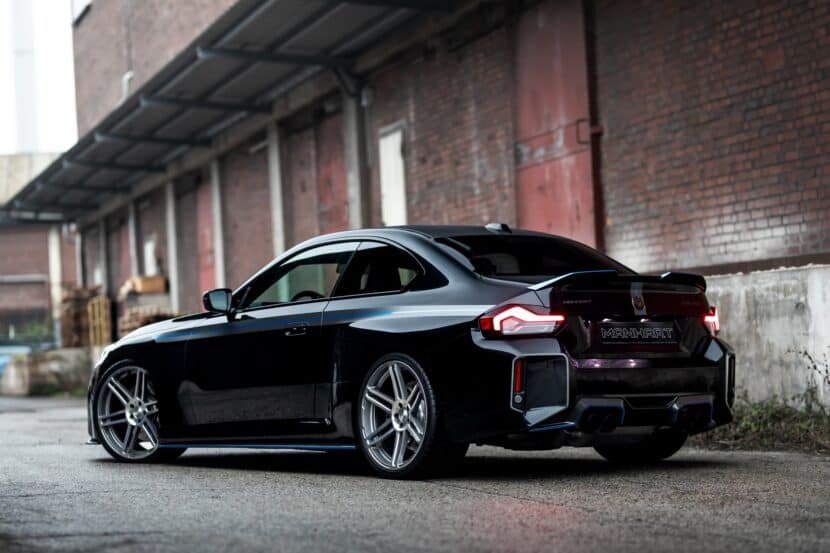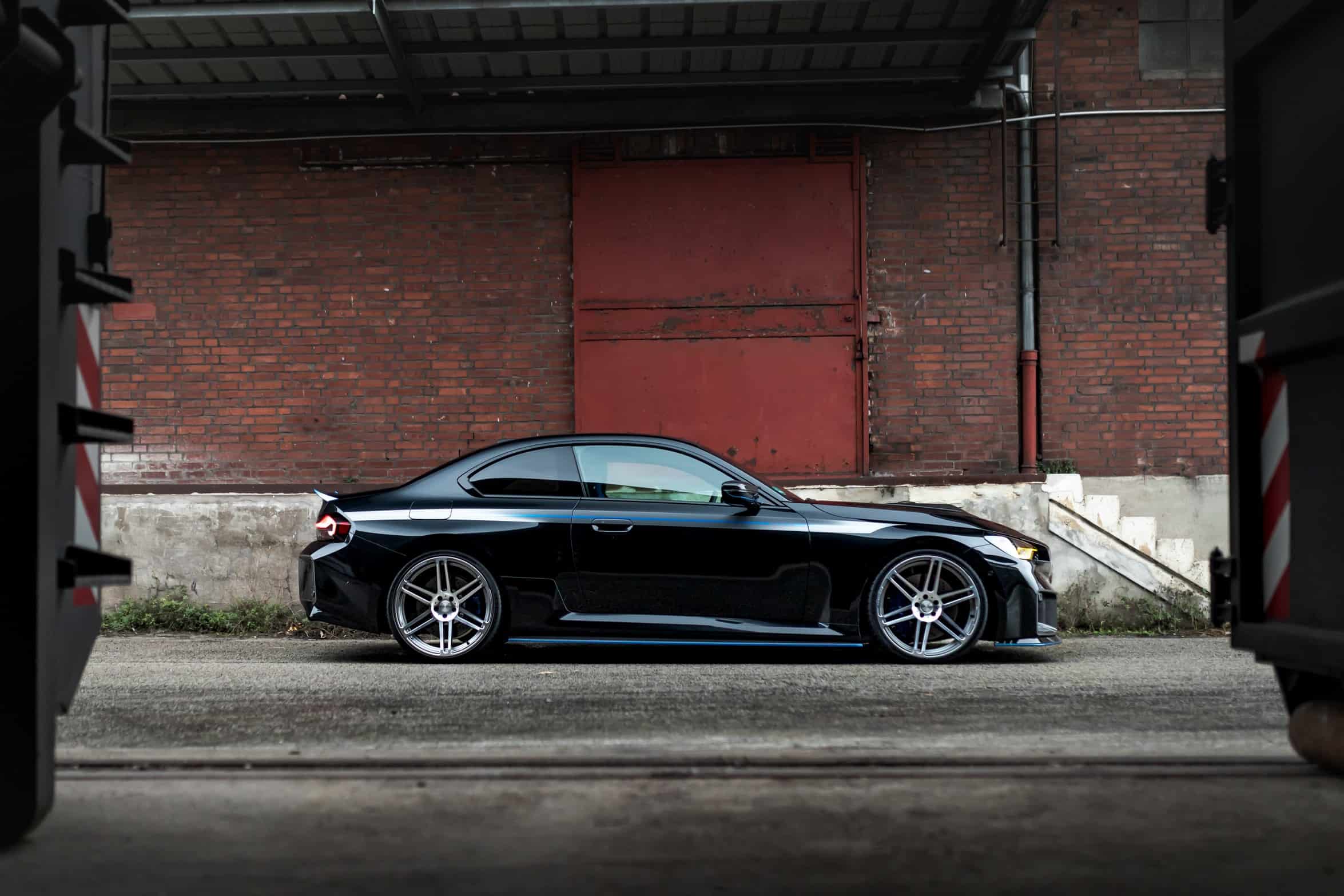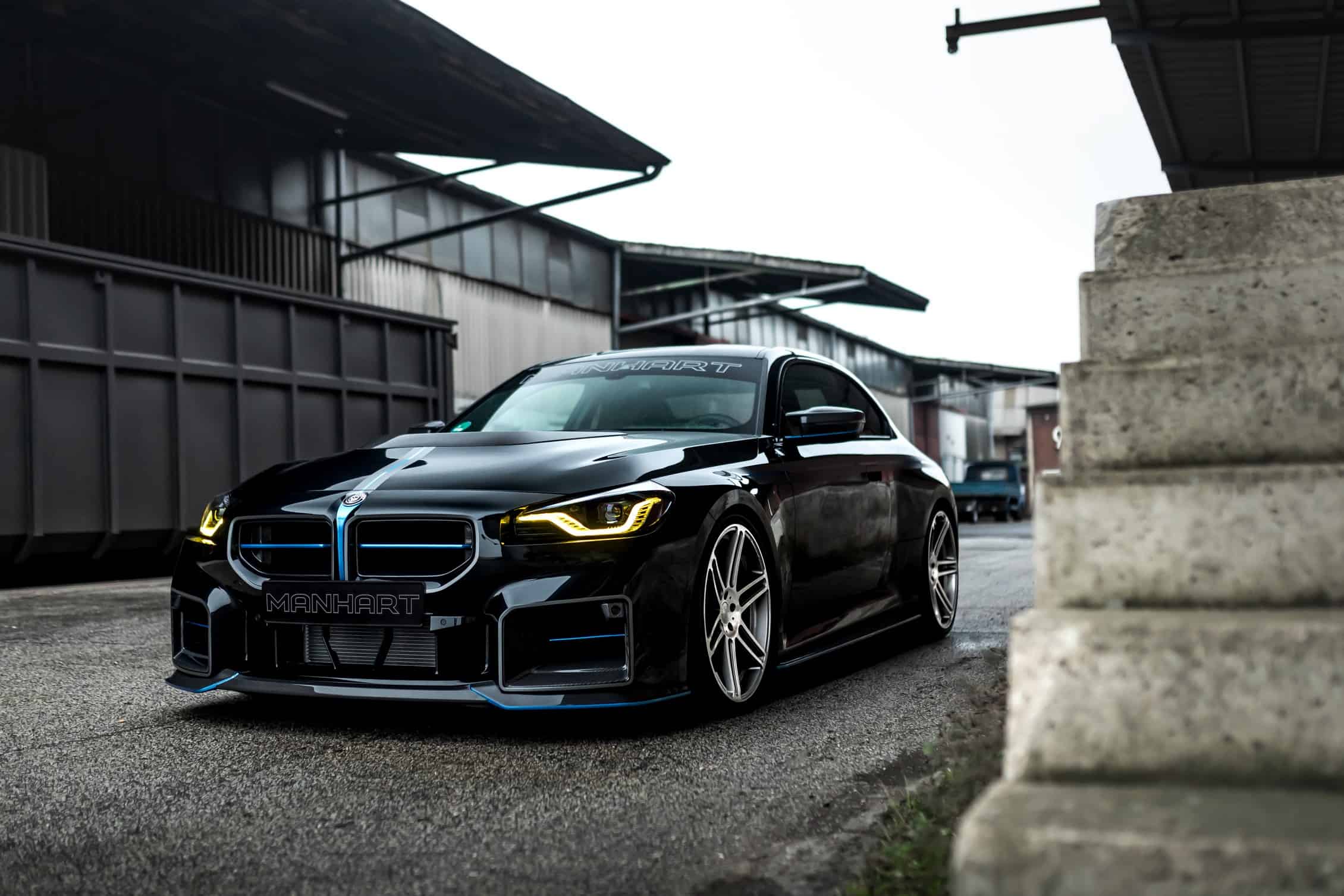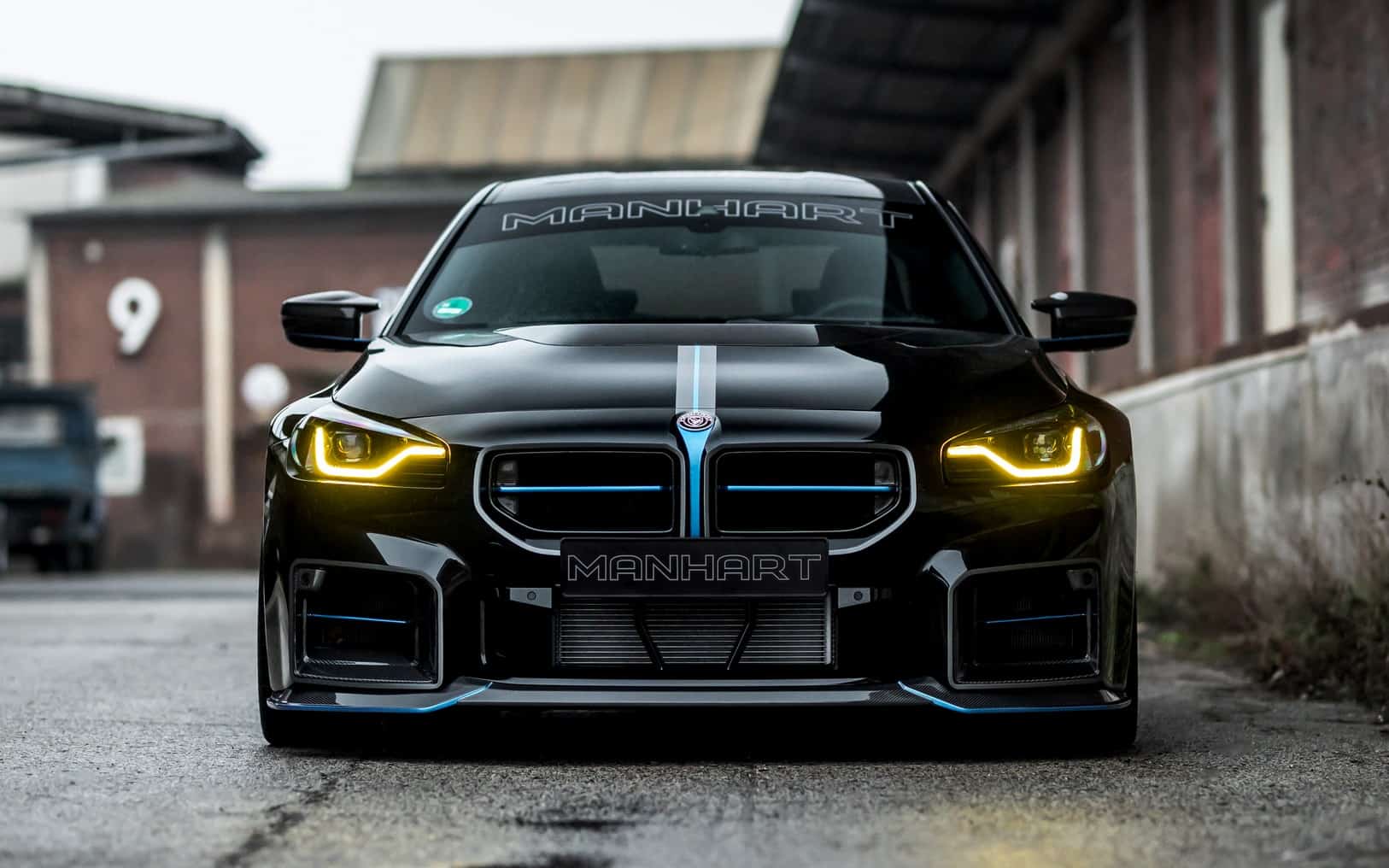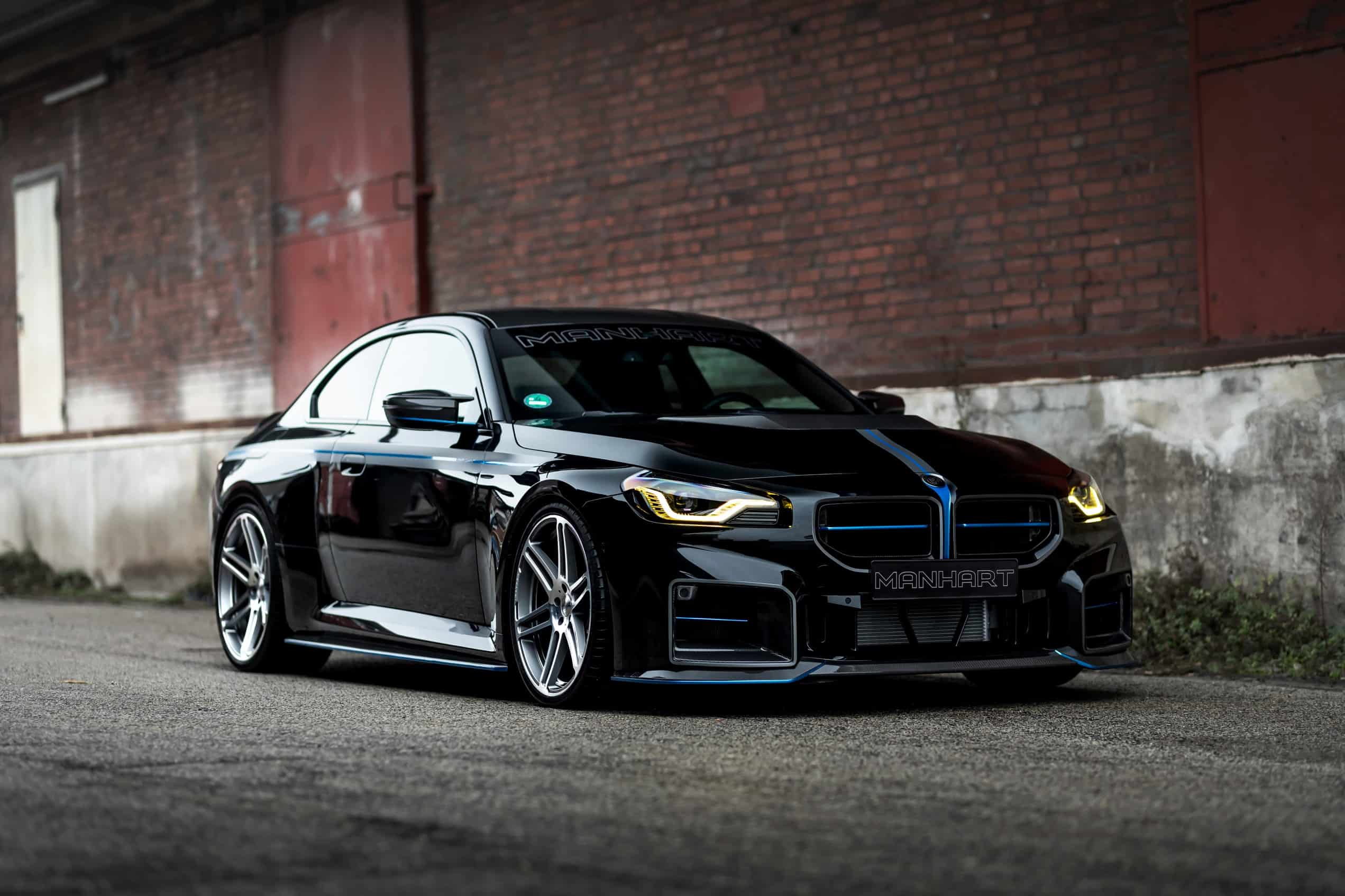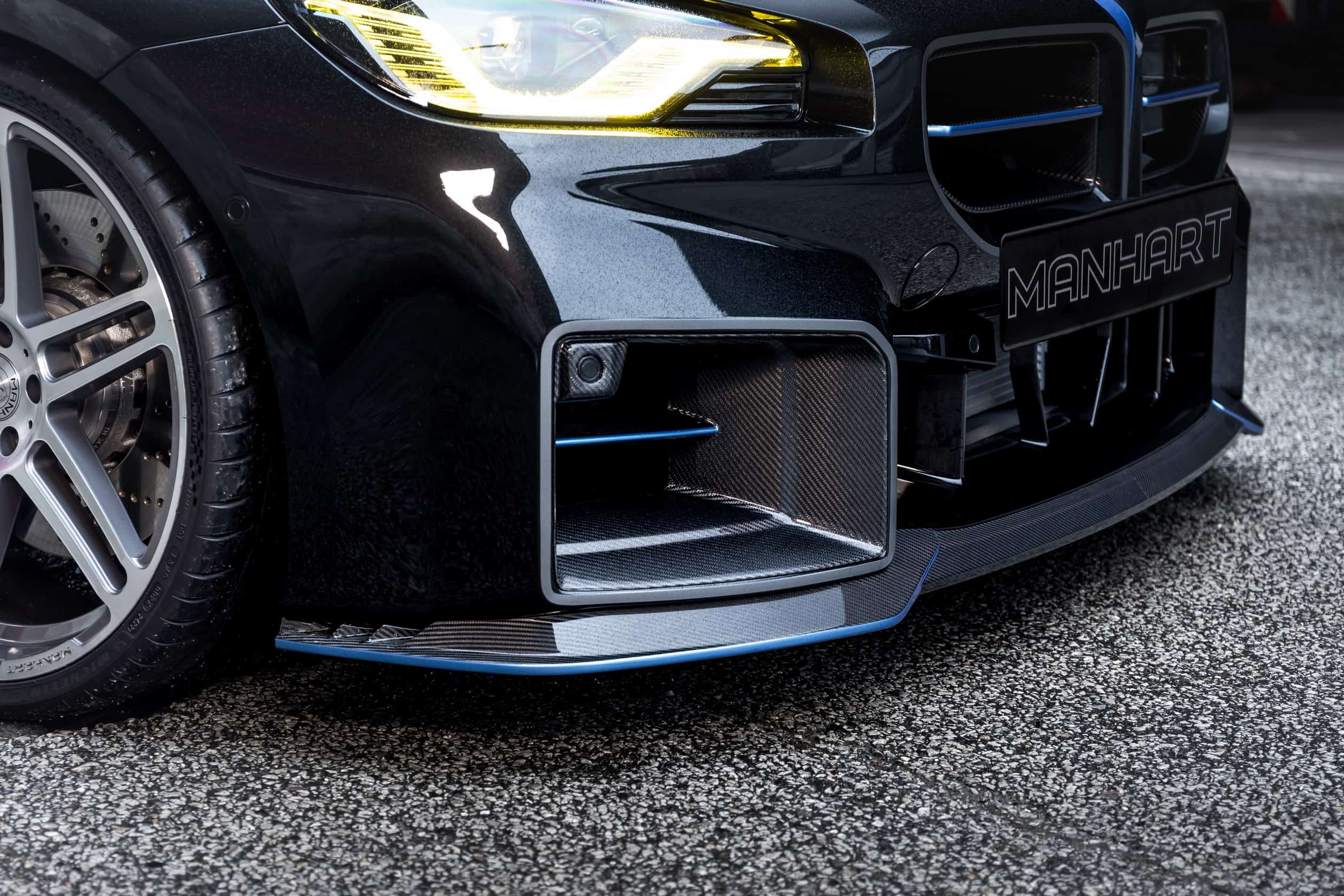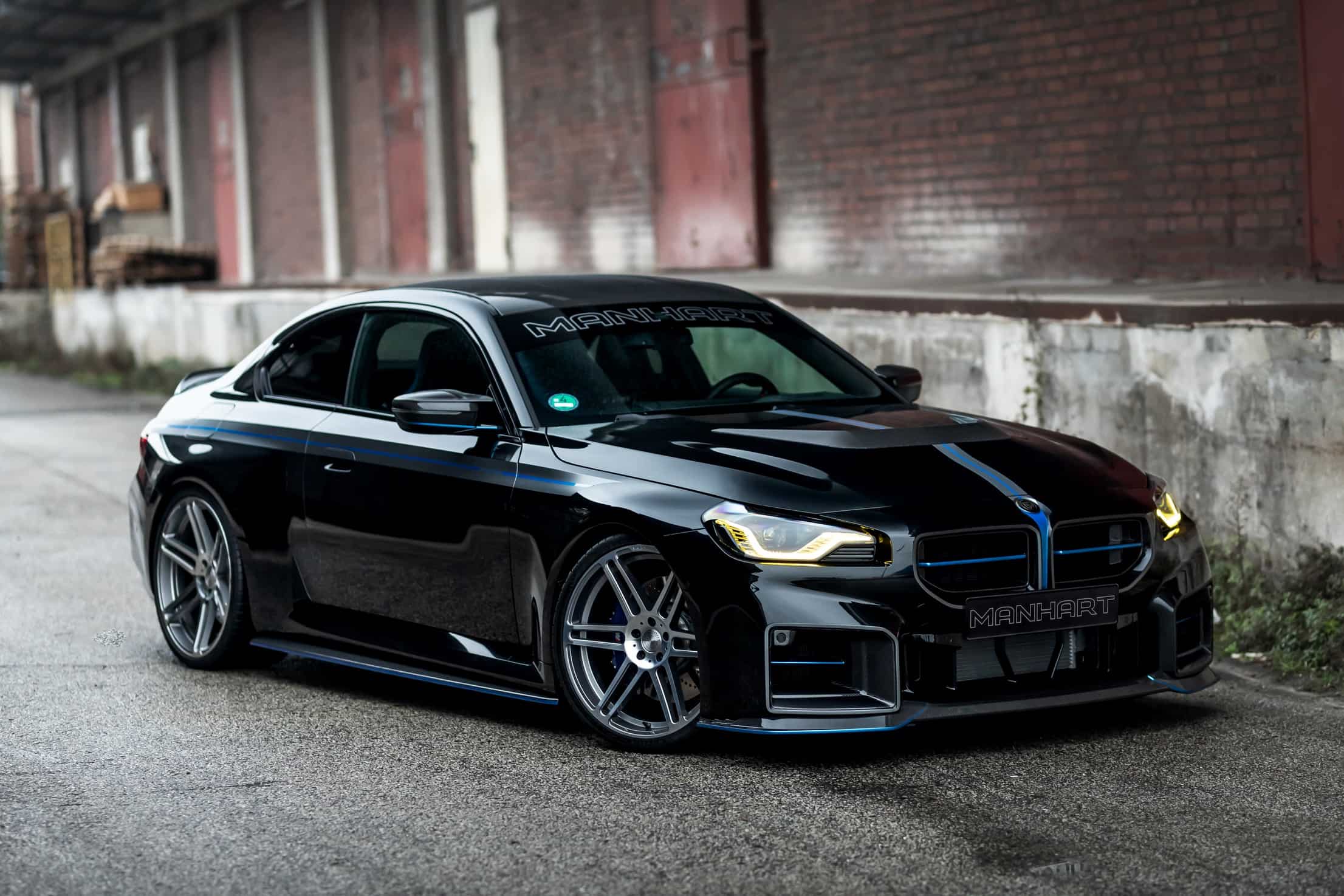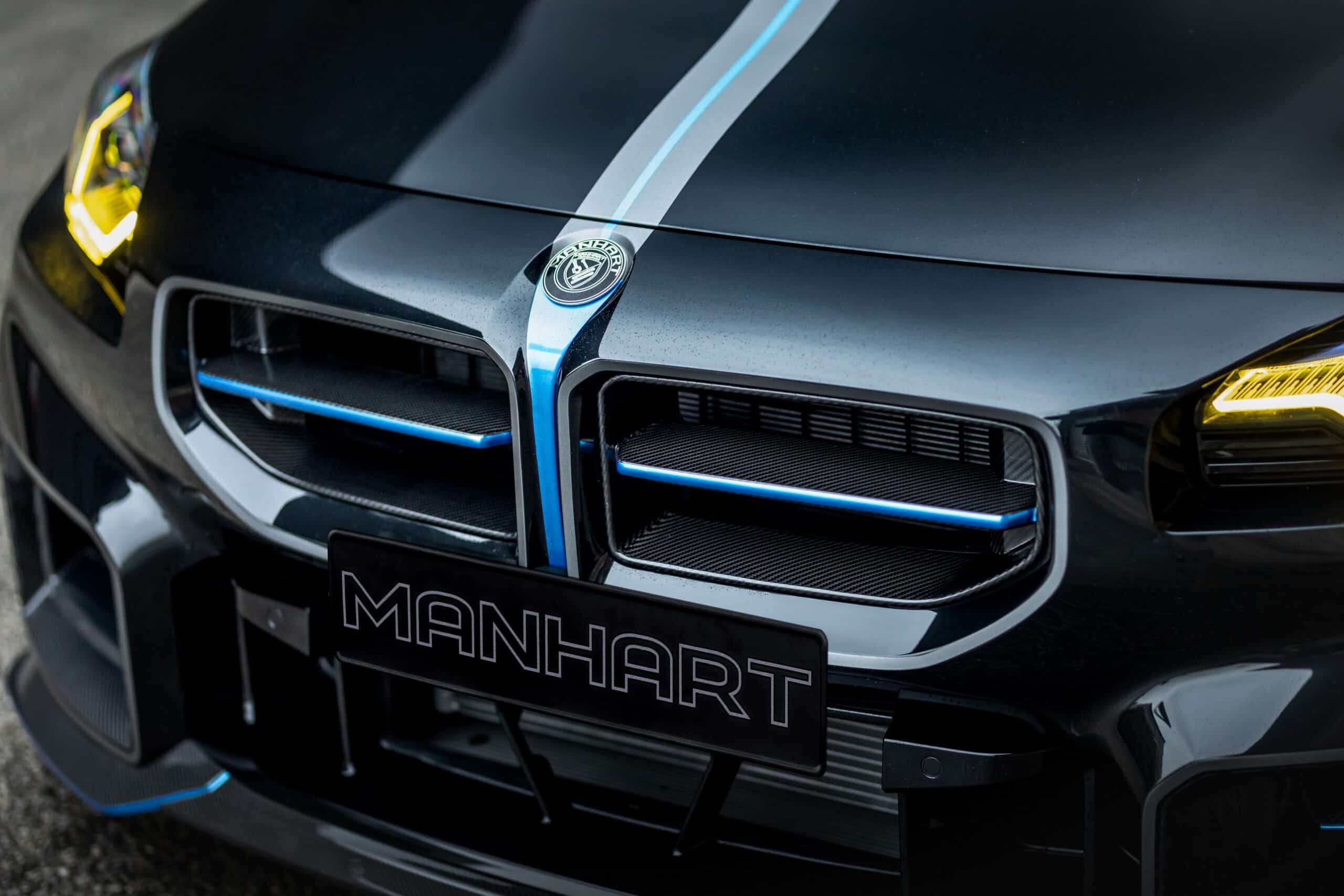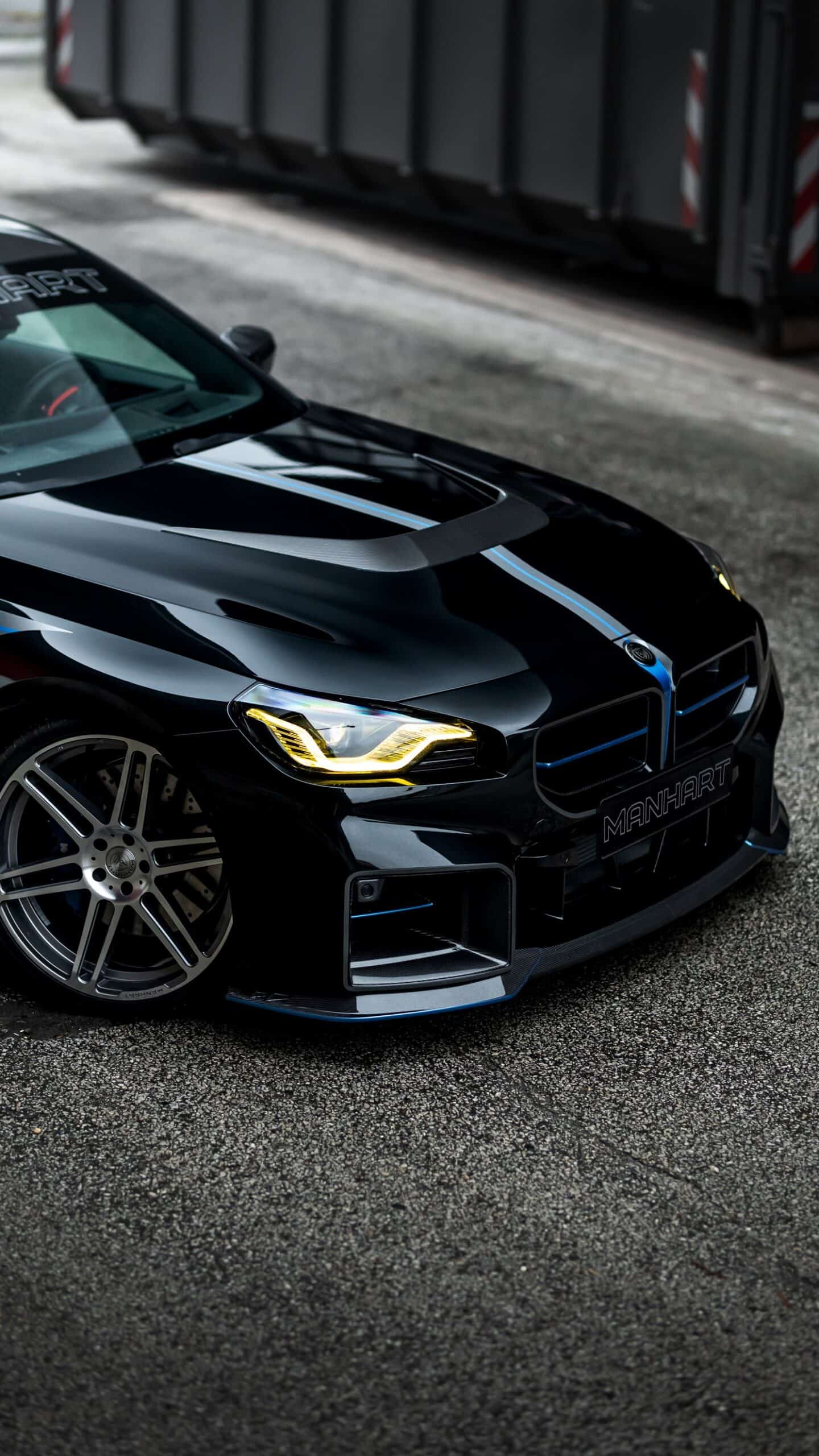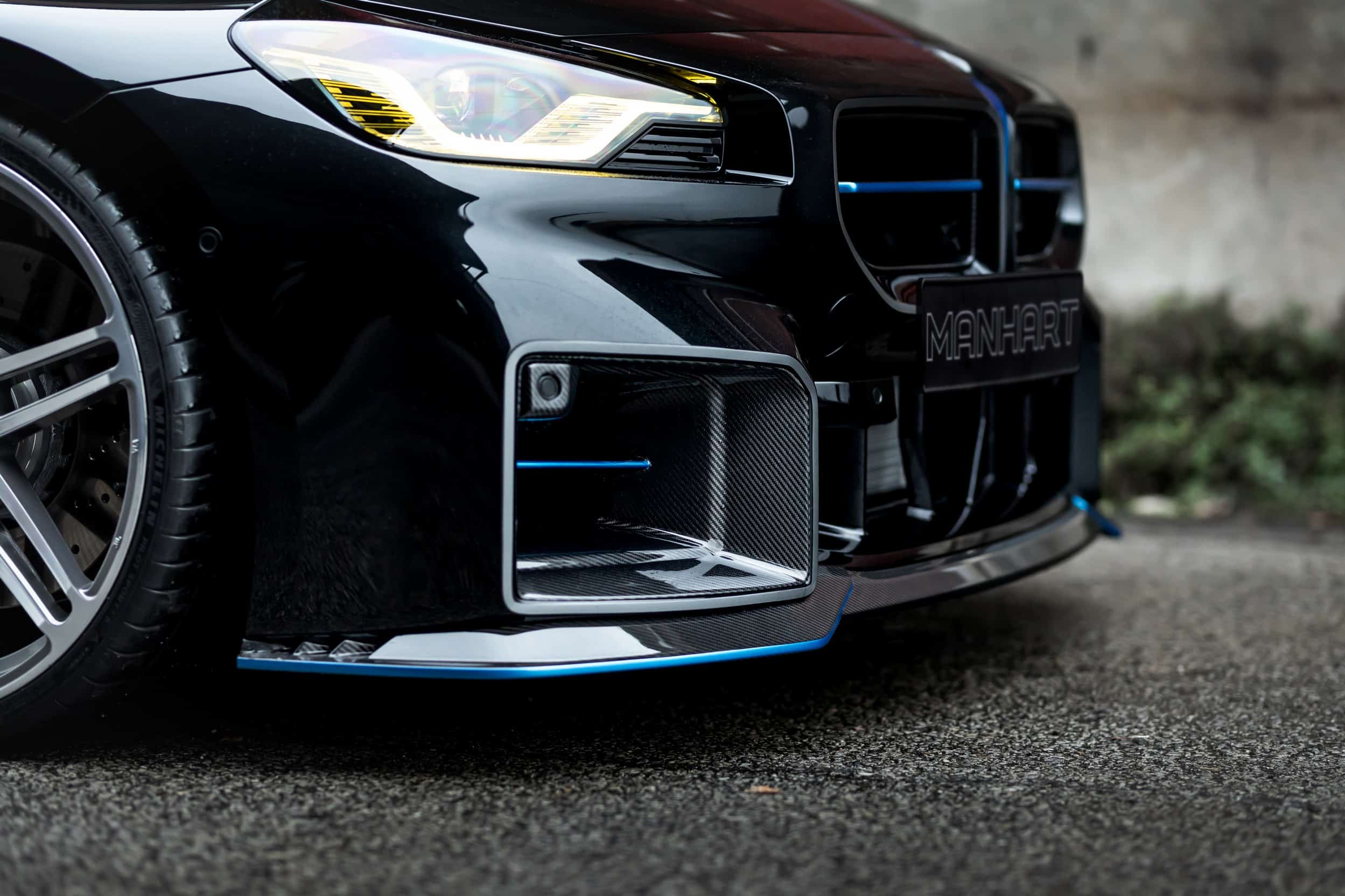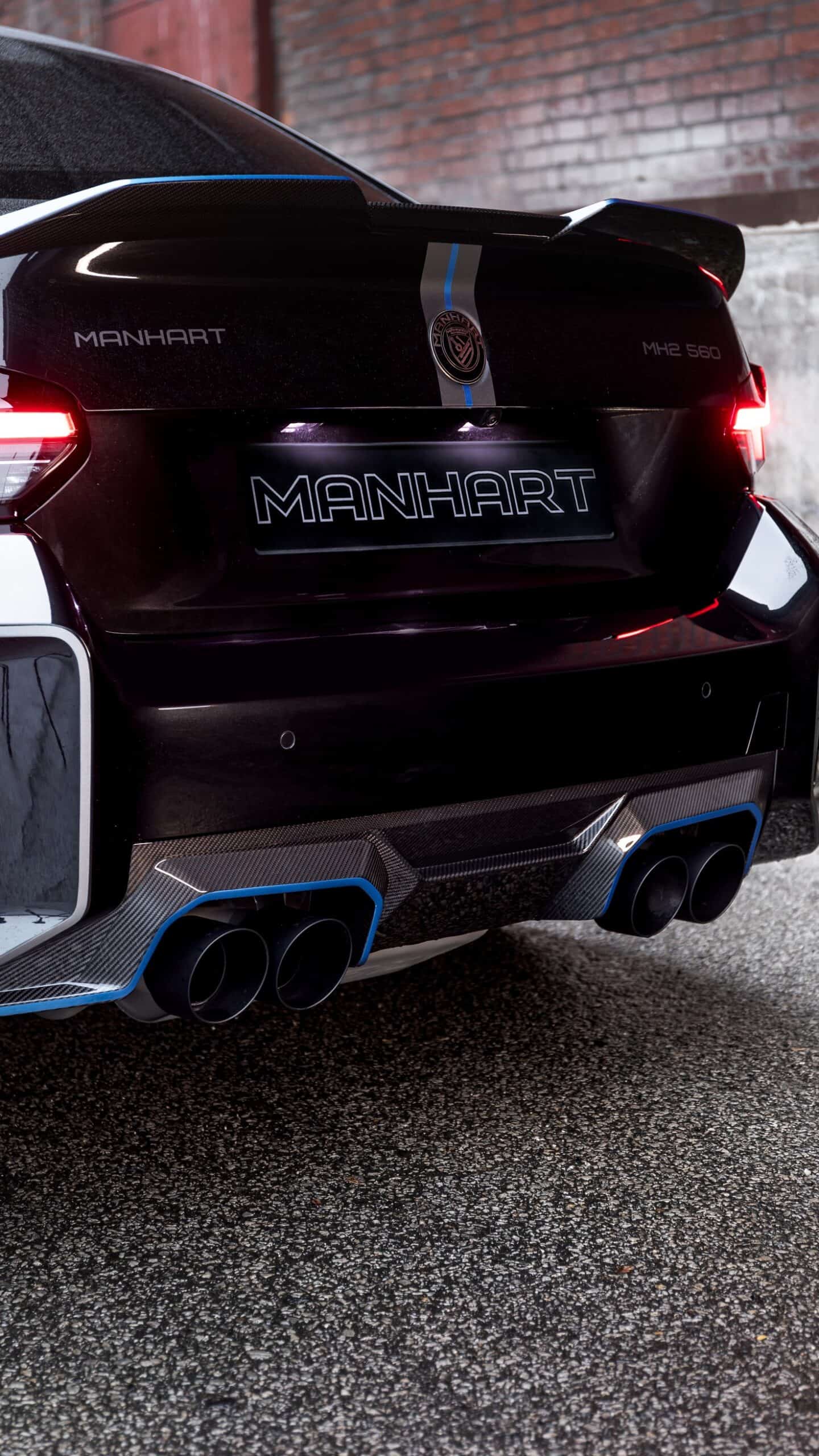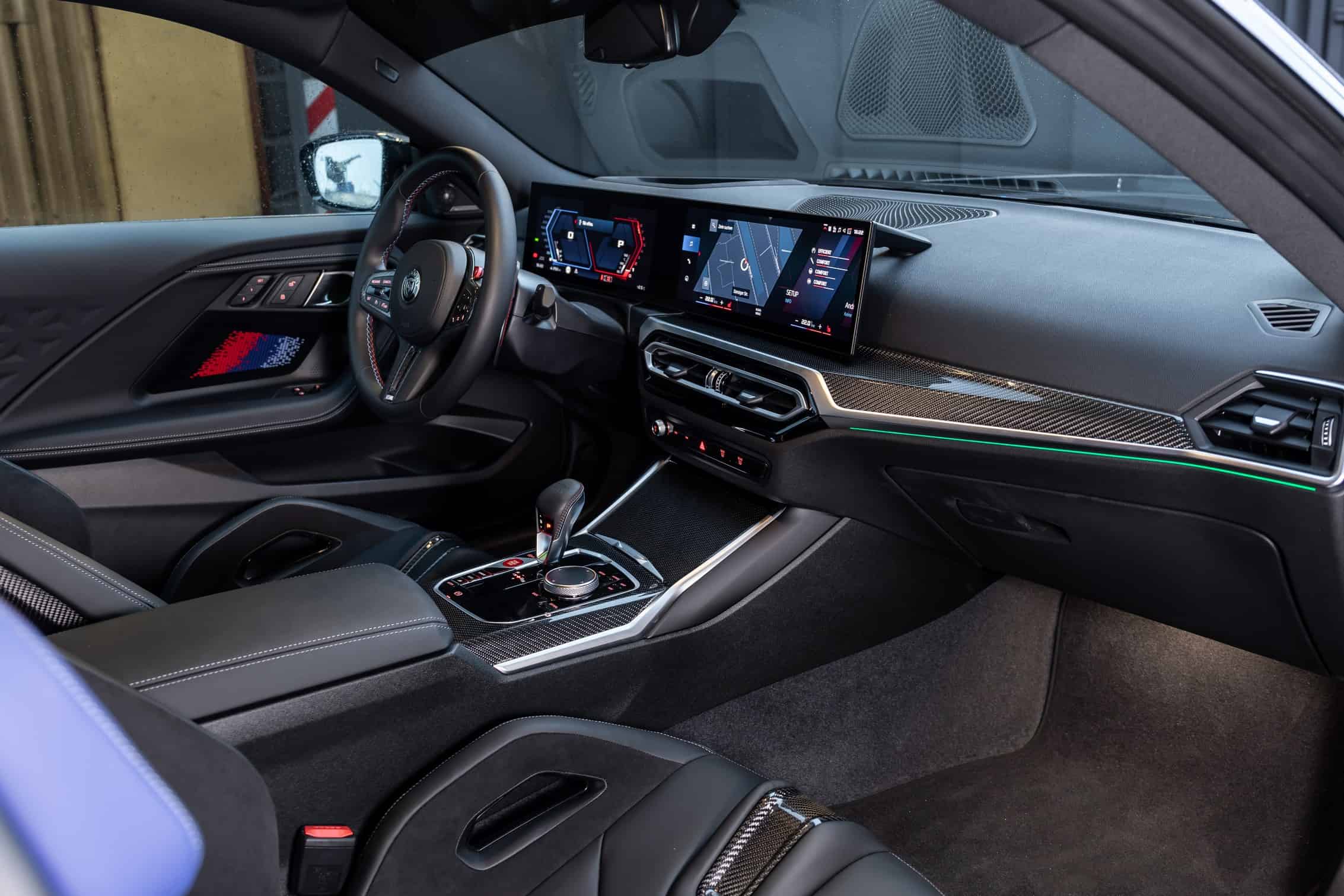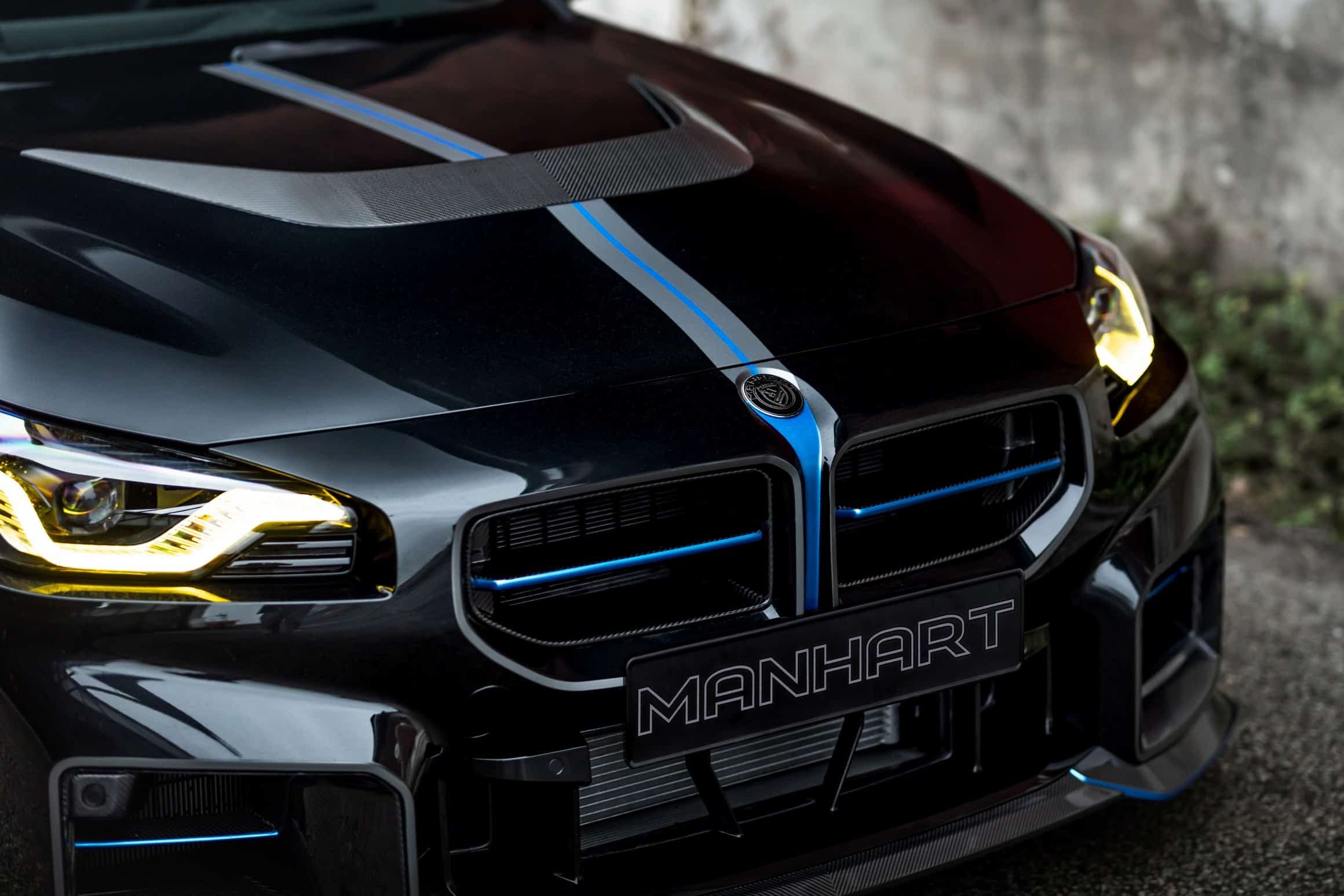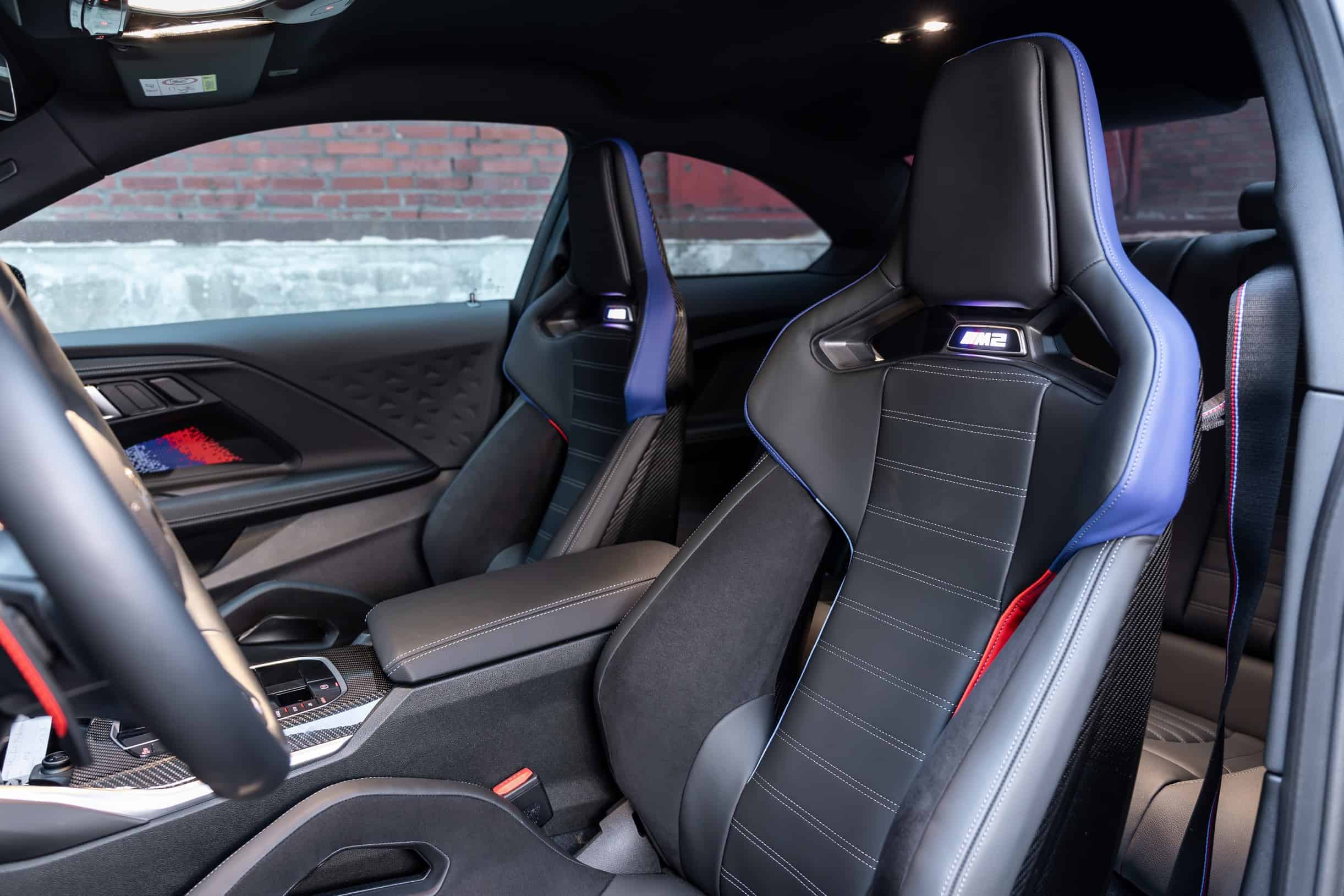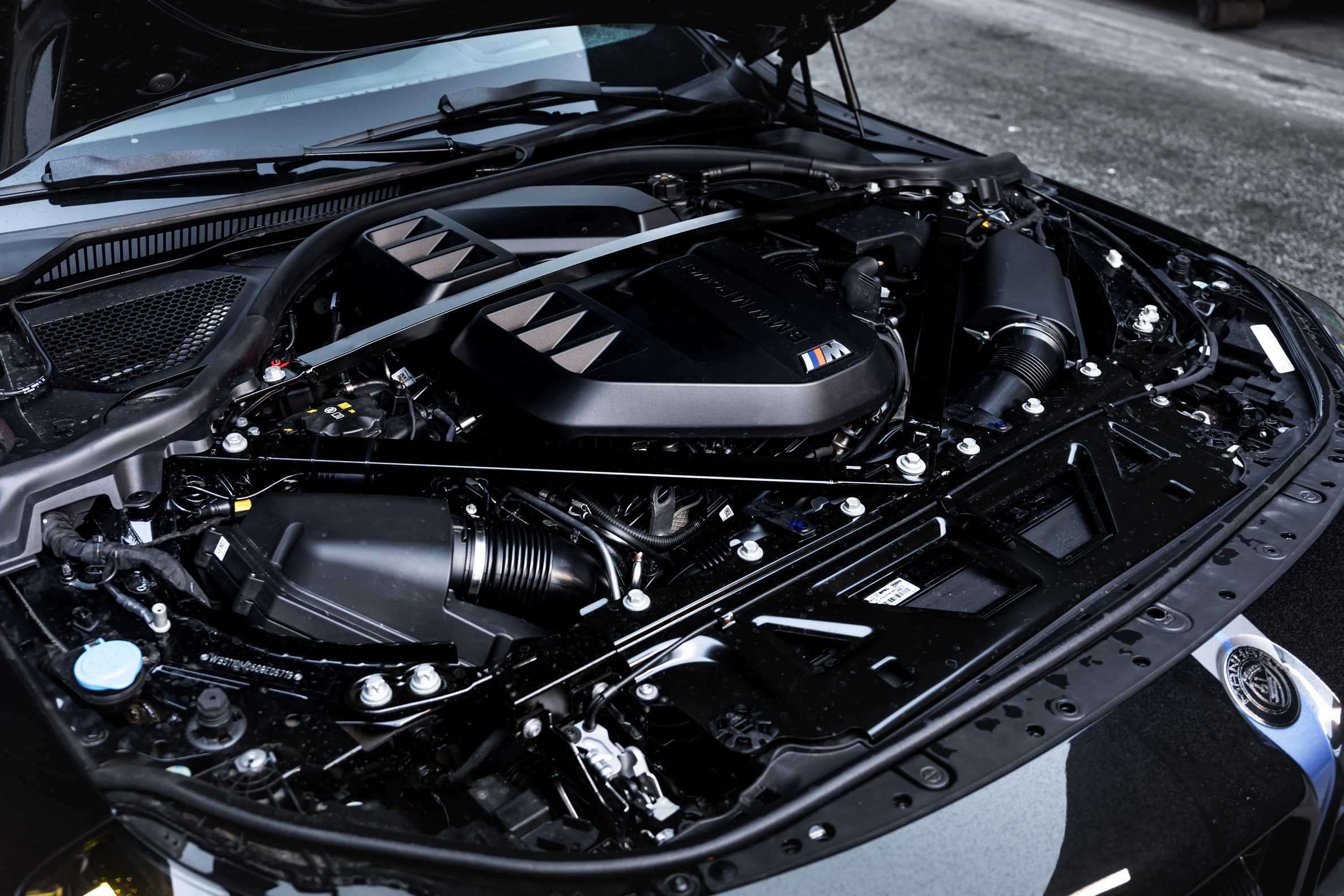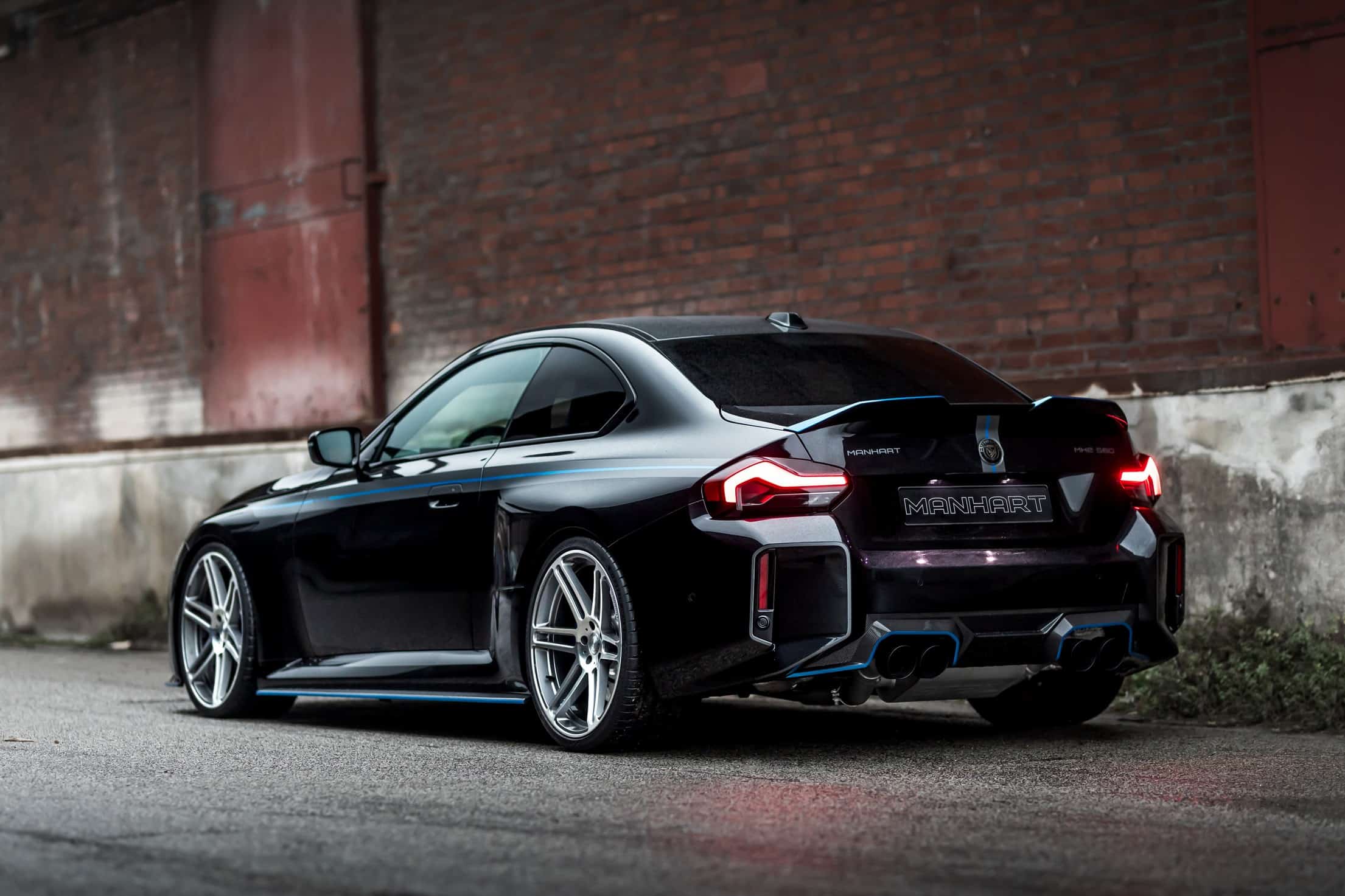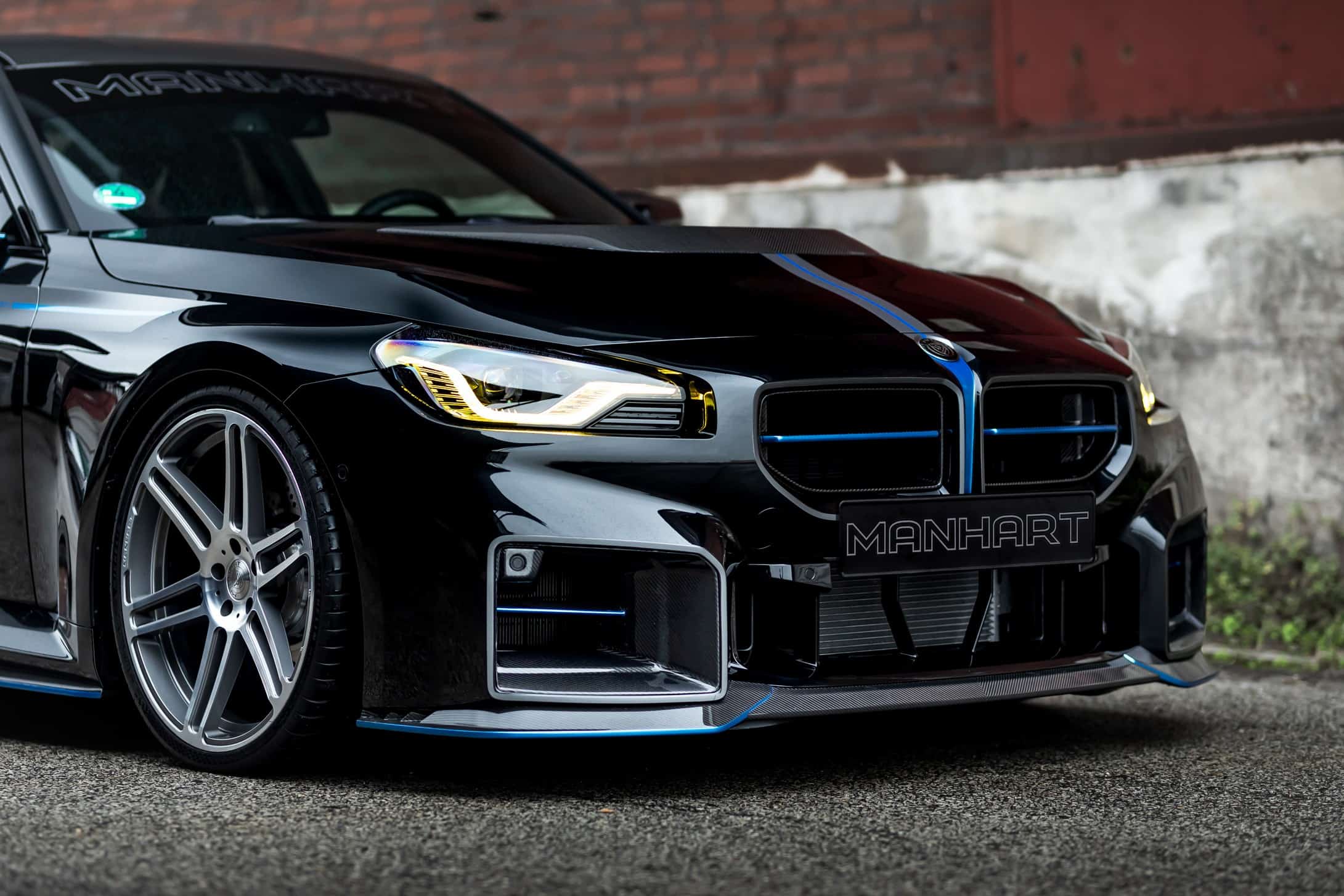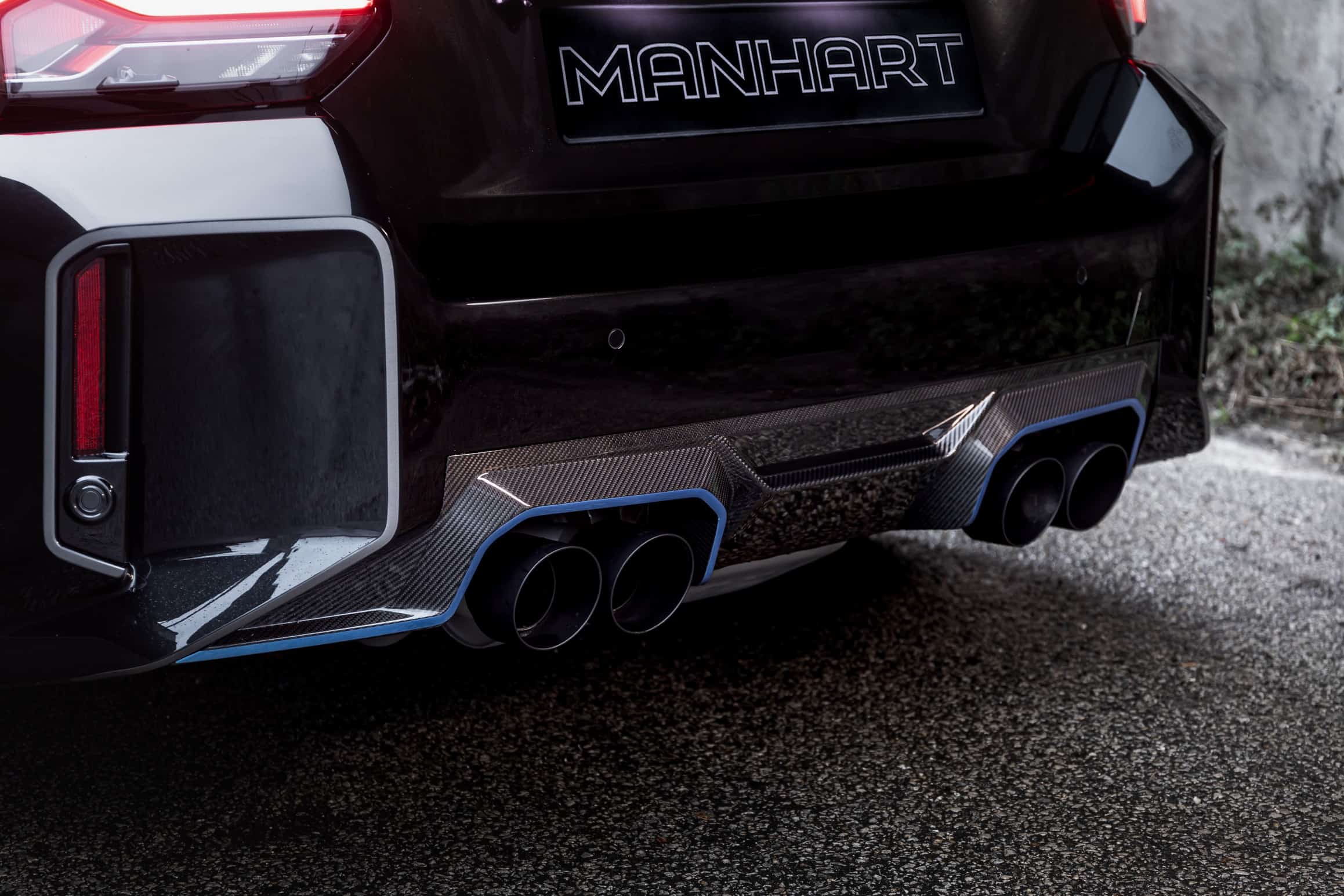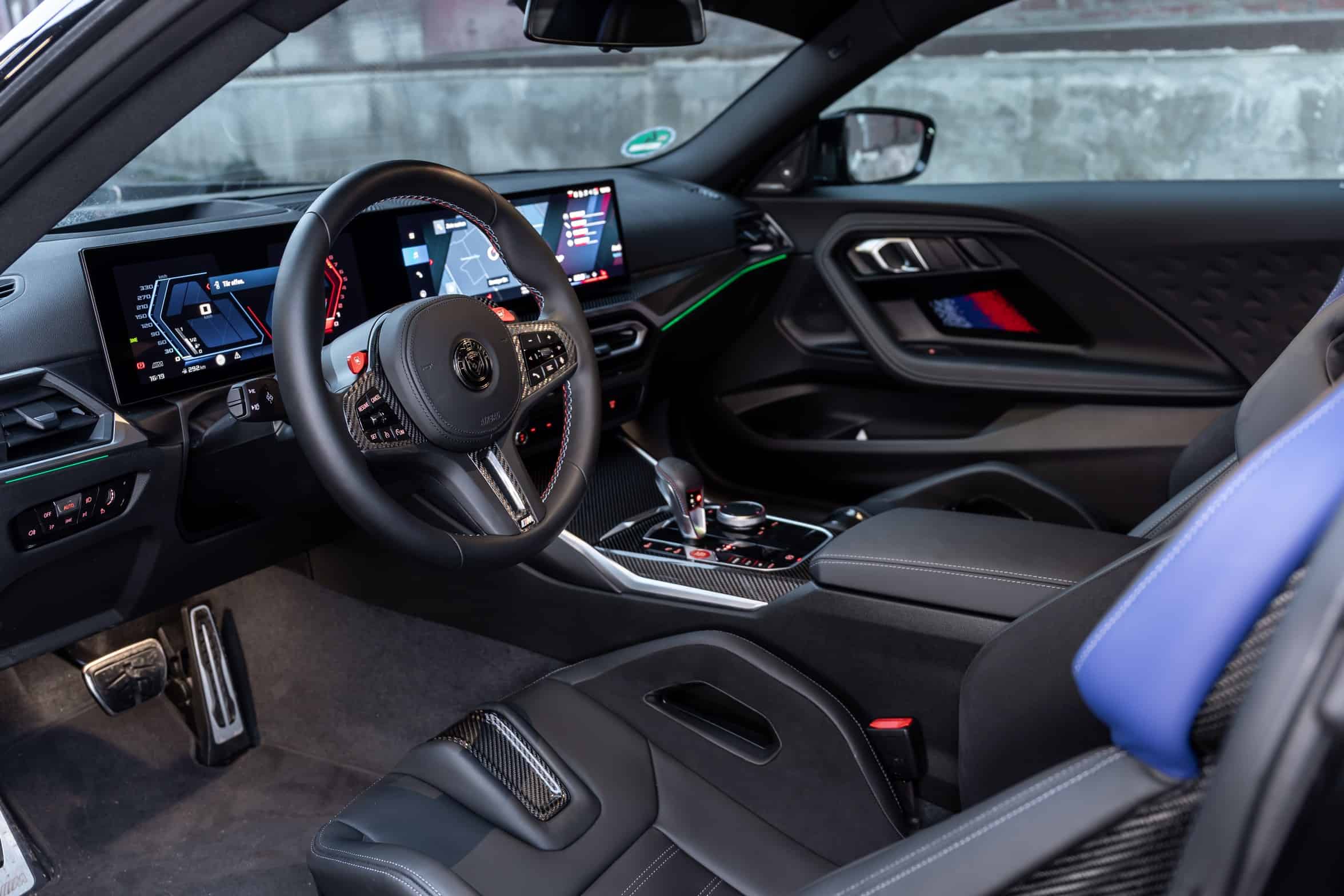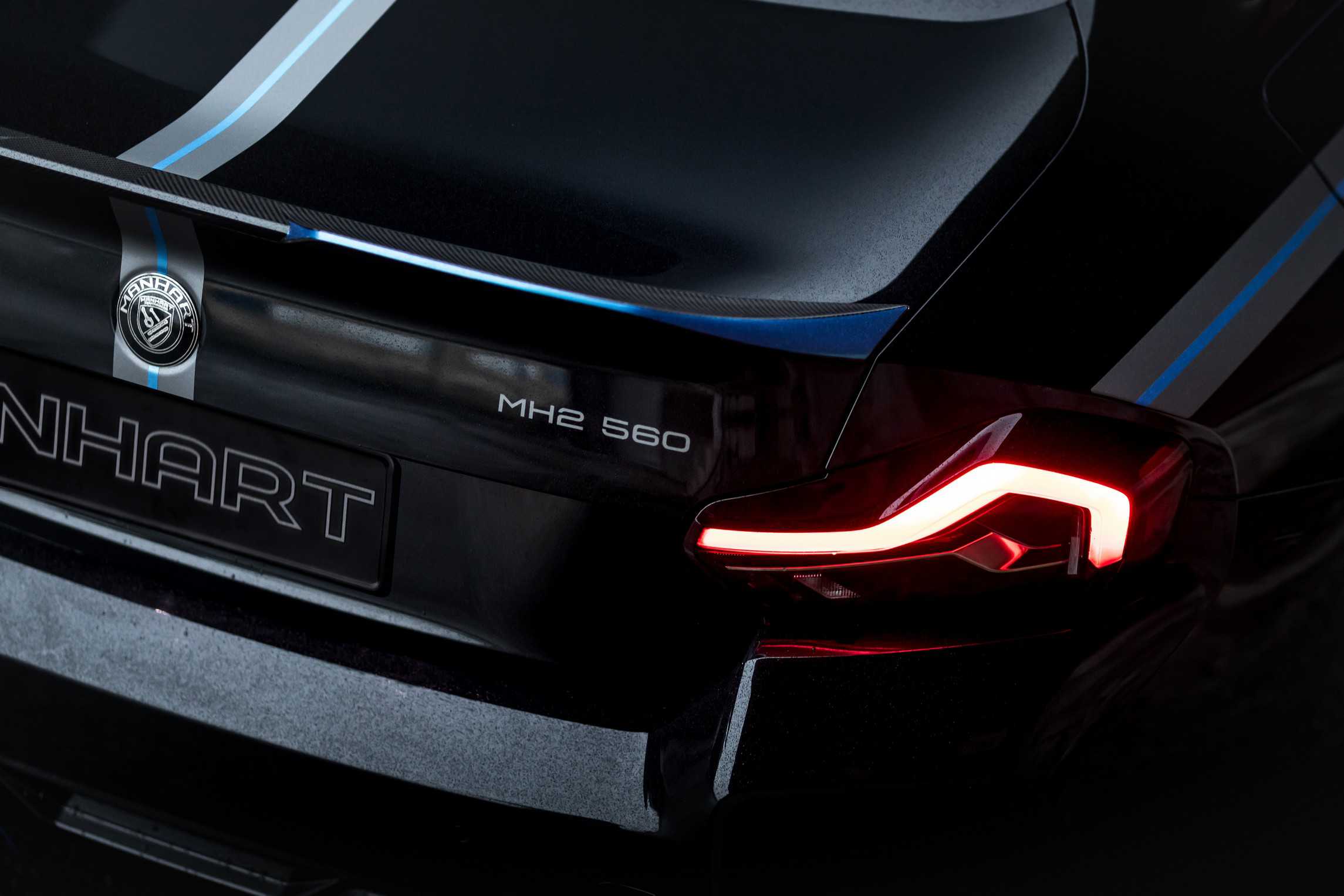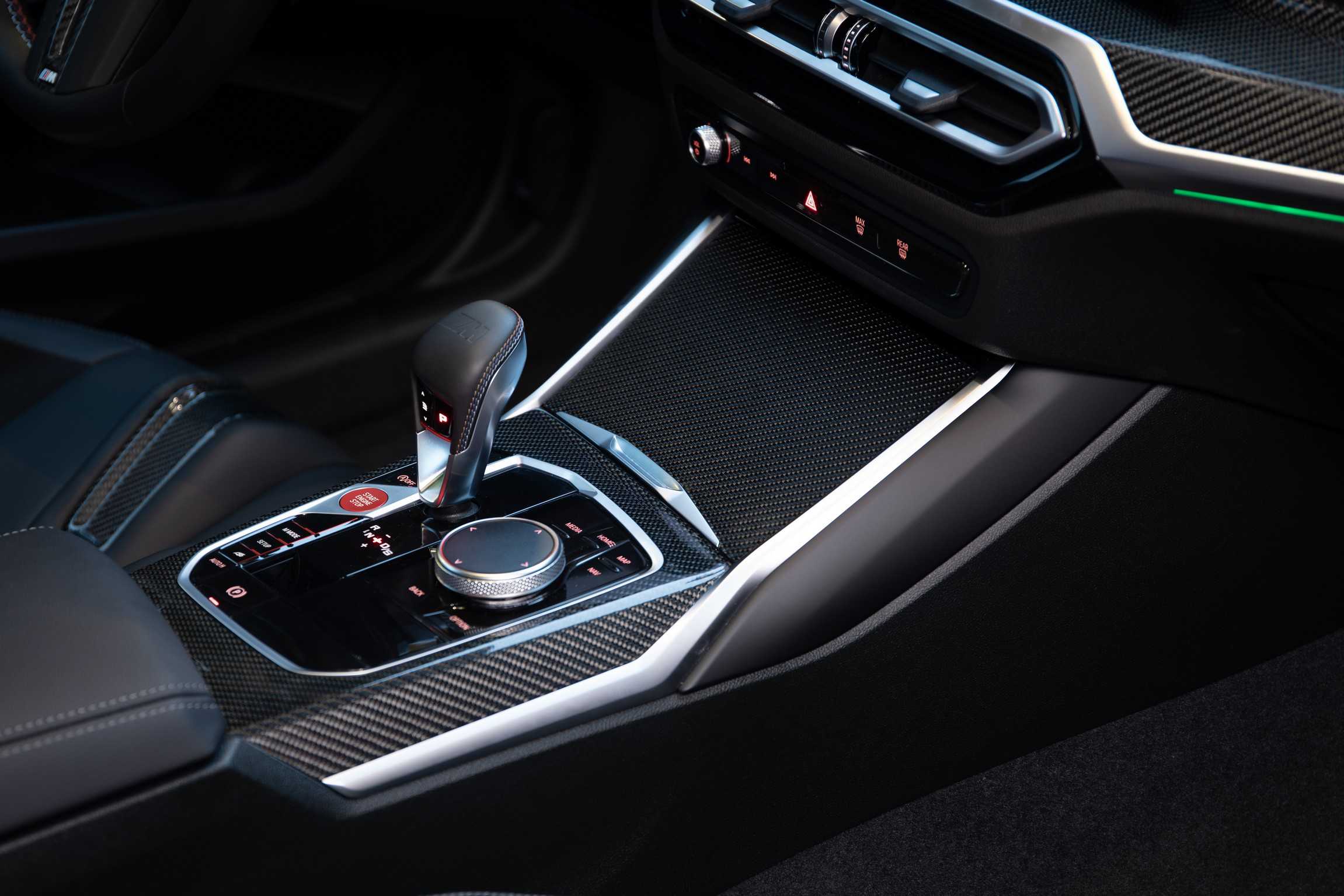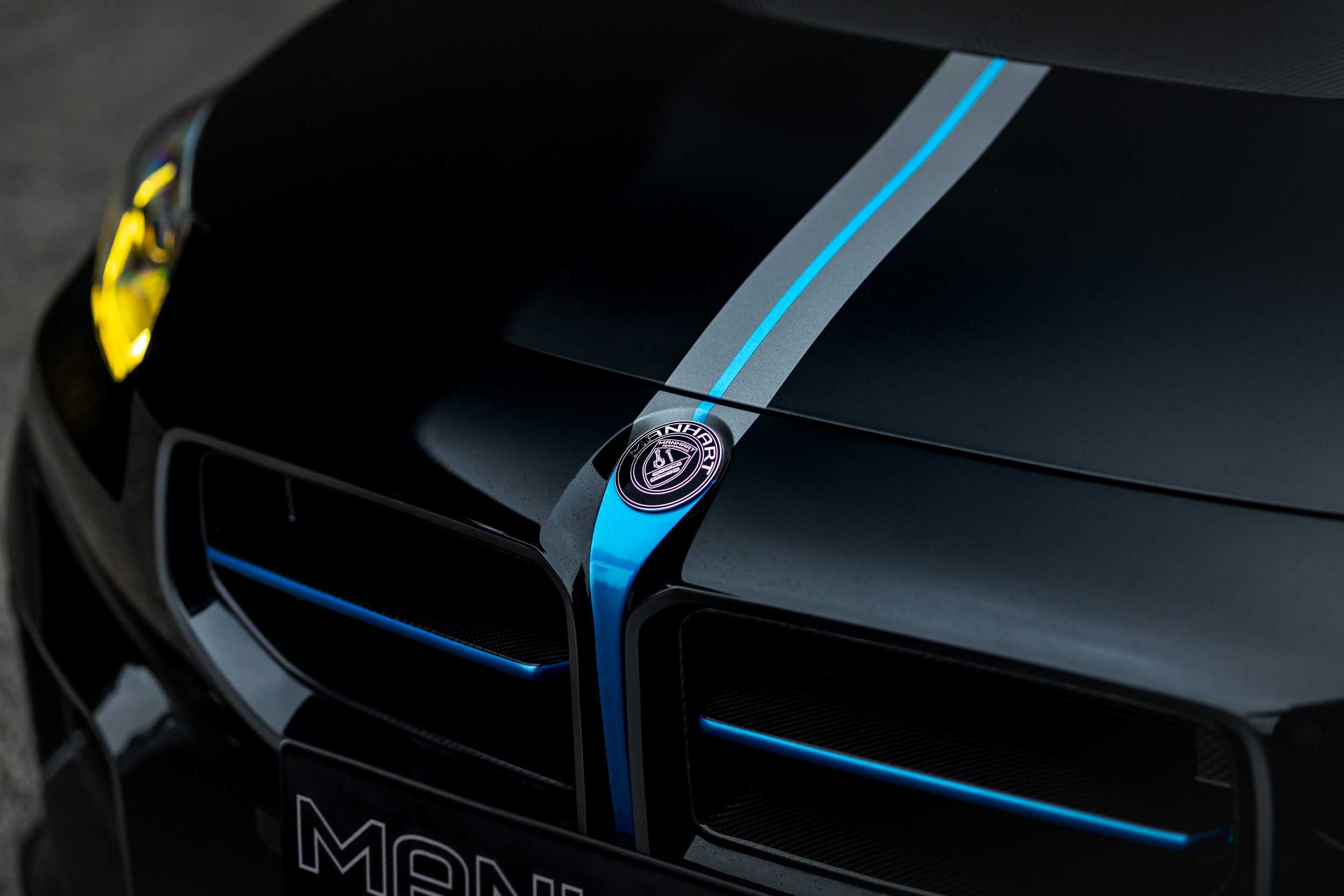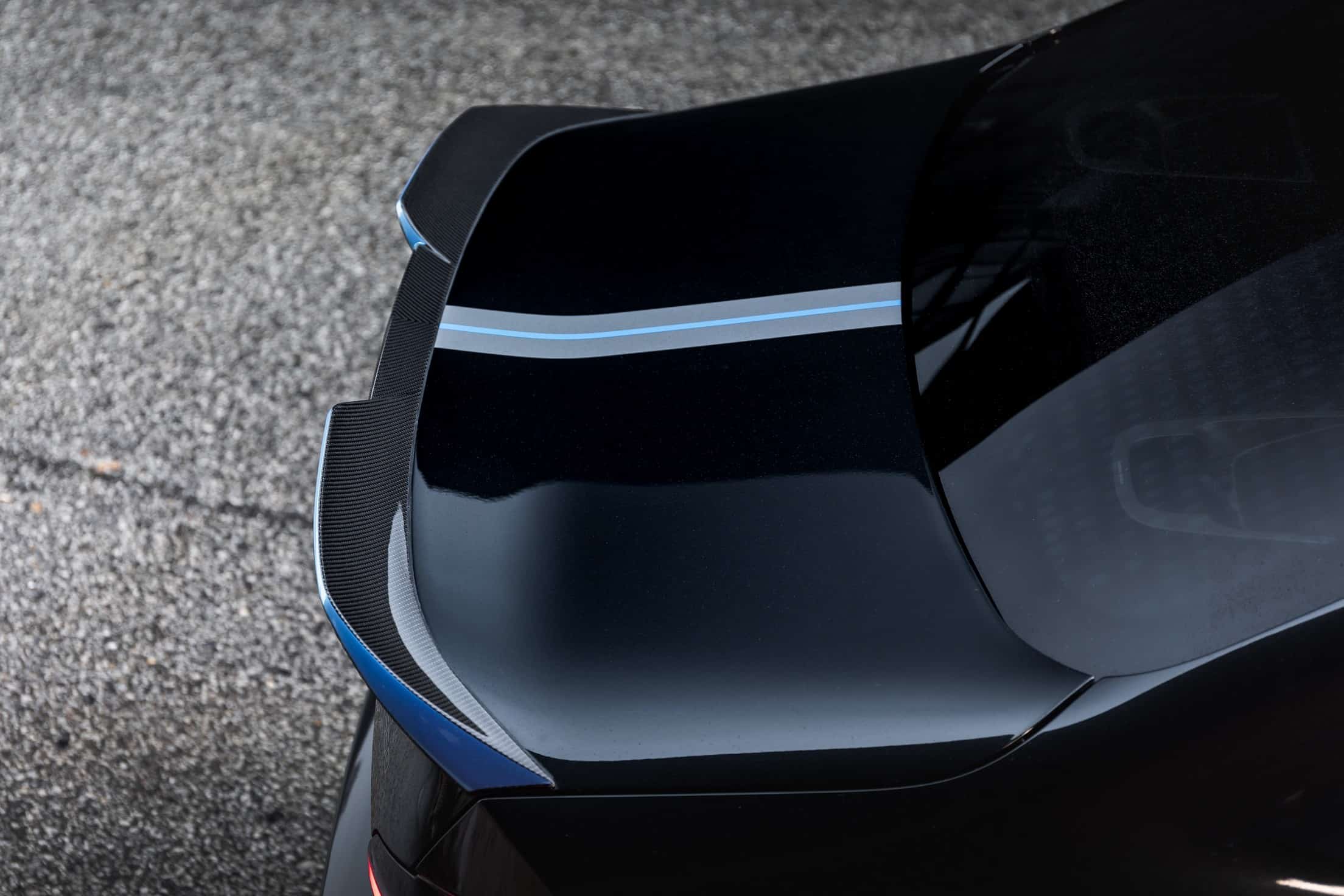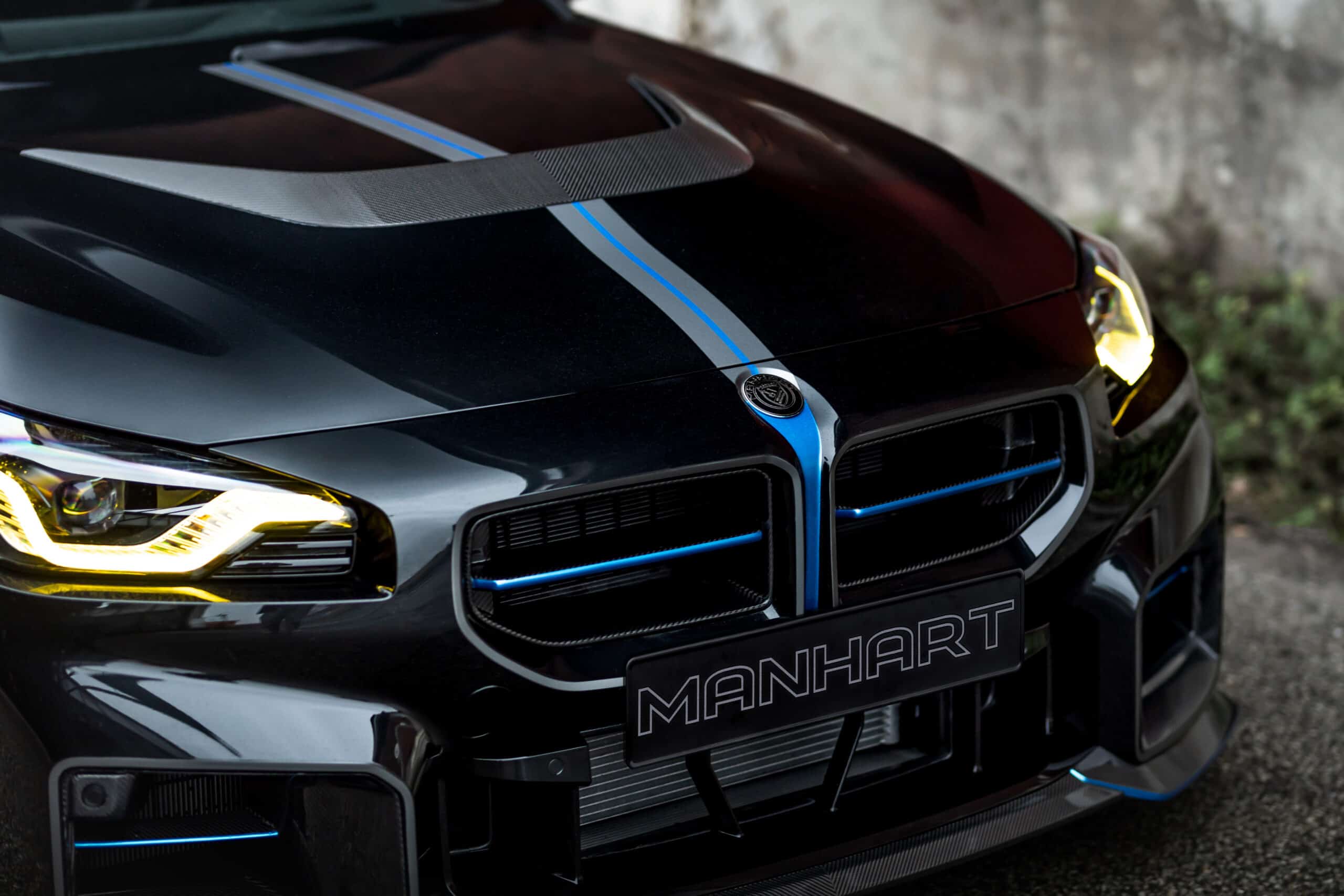Manhart was among the first tuners to take a crack at modifying the second-generation M2. Today, they’re rolling out a complete aftermarket program tailored to BMW’s baby M car. It ticks all the right boxes by featuring extra power to complement the added visual drama brought by the custom body kit. Shiny new wheels and yellow daytime running lights nicely round off the package.
The first order of business was to tweak the “S58” engine and extract more oomph. Manhart has managed to take the twin-turbo 3.0-liter inline-six to 560 hp and 650 Nm (478 lb-ft). It represents a healthy bump of 100 hp and 100 Nm (74 lb-ft) achieved mainly through software wizardry. In addition, a new stainless steel exhaust system was installed, complete with adjustable valves and quad tips with a 100-millimeter diameter and a matte black finish.
Manhart tells us it’ll continue to work on the six-cylinder engine to squeeze out even more horsepower. After all, the latest M2 uses the same mill as the M3/M4, and we all know those cars have been tuned to way more power, even smashing the 1,000-hp barrier in rare cases. It seems unlikely tuners will want to build an M2 with four-digit horsepower given it’s a rear-wheel-drive car. However, that could change around 2026 when BMW is rumored to release an M2 xDrive.
The M2 at hand has been subjected to other changes beyond the addition of carbon fiber body parts, 21-inch forged wheels, and the yellow LED daytime running lights inspired by the M3 CS and M4 CSL. It also happens to have a KW coilover suspension. Inside the cabin of this Steptronic-equipped M2, Manhart has added plenty of carbon fiber and new floor mats.
If the tuning scene is not your cup of tea, BMW itself will make a meaner version in 2025. The M2 CS will adopt a series of carbon fiber upgrades and a revised S58 that is expected to push out more than 500 hp. In the meantime, M boss Frank van Meel has confirmed a “model revision” will be released later this year. He was likely referring to the yet-to-be-confirmed bump in output of 20 hp, reaching 480 hp.
Note: All stated horsepower figures refer to PS.
Source: Manhart


